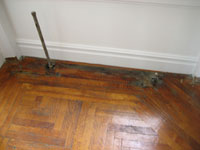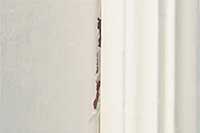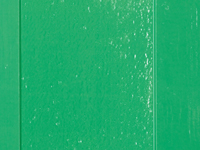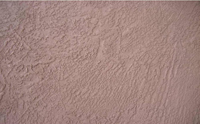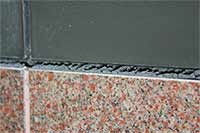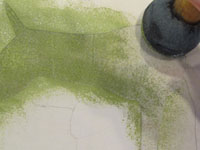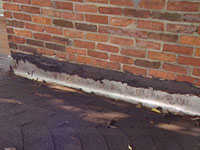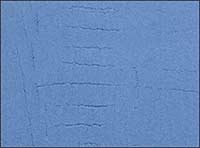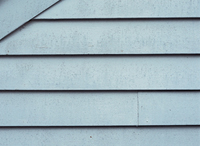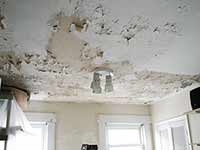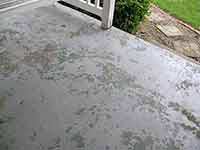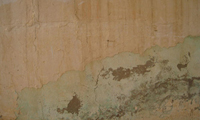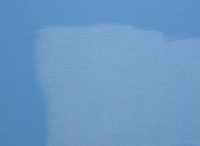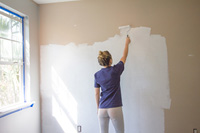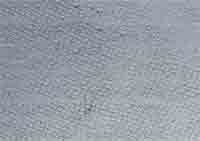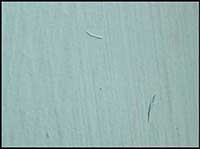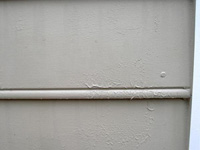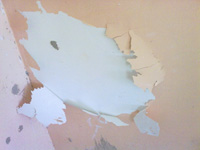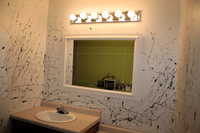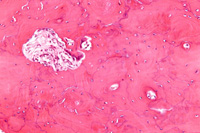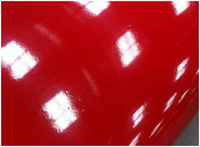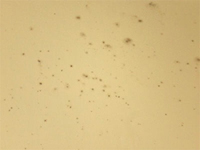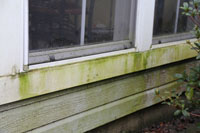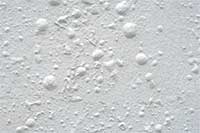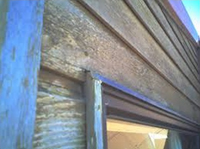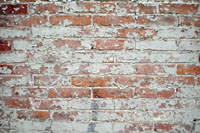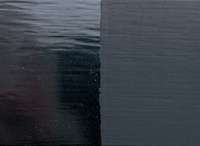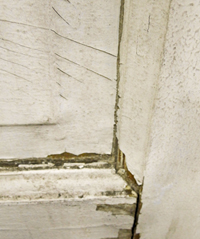CAUSES: Protected or shaded areas on buildings are susceptible to condensation and deposit of salts. Water-soluble chemicals in previously applied paint films contain salts, which are pulled to the surface by moisture. When the moisture evaporates, the chemicals are left on the surface in crystalline powder form.
This formation of crystals is due to sulfur dioxide, which is produced in varying amounts by burning commercial fuels that are carried through the air. When the chemical comes into contact with water, an acid is formed which reacts with some of the pigments in paint and leaves crystalline powder deposits.
The powder is not noticeable on white paint. On colors it resembles salt. This depositing of salts also occurs on siding, but the salts are washed away by rain.
These chemical salts are hygroscopic; meaning they will absorb moisture through an existing coat of finish that is applied over them if they are not removed prior to painting. The result is that a year or so later, the salts draw moisture through the existing coating film, and form a pressure on the back side of that film. Gradually that pressure becomes greater than the adhesive strength of the coating film to the substrate, and it is forced off.
Salts attract moisture even after new coats of paint are added to the surface. When freezing temperatures occur, any moisture lingering on the salt layer freezes and expands, forcing the topcoat of paint outward, thus causing intercoat peeling.
Scaling also can be evident in protected areas where gloss paints have been applied. Lack of weathering leaves these surfaces hard and shiny. A new coat of paint will not adhere properly to the slick surfaces without correct surface preparation.
SOLUTIONS: Protected surfaces would be washed with detergent to remove dirt from the paint. They then should be rinsed with a strong stream of clean water to take off the salts.
When the surface is dry, remove all loose paint with a scraper or wire brush and sand these areas as well as any glossy surfaces. Apply one or two coats of latex- or oil-based house paint.

